If you have ever dabbled in photography, you will no doubt be aware of a parameter that is essential for obtaining the sharpest possible image: the exposure time. This is the time during which the shutter of the camera remains open, allowing light to pass through. The longer the exposure time, the more light reaches the photo. A meaningful way to illustrate this is by comparing two photos with different exposure times:


Left: a photo with a short exposure time (which therefore allows the cars to be captured at a precise moment in time, T). Right: a photo with a long exposure time (in which it is no longer possible to make out the cars, only the trails of their lights).
Therefore, to obtain a sharp image, the faster the movement to be captured, the shorter the exposure time must be.
Our laboratory is equipped with a high-speed camera capable of ultra-short exposure times, allowing us to obtain clear images for tests at speeds of up to 2000 m/s. But how do you capture images when the impact speeds involved are around several kilometres per second, and nothing is distinguishable to the naked eye?
Our engineers looked into this issue and found a solution that combines a pulsed-flash system with the high-speed camera. The idea is that while the high-speed camera captures an image over the duration of a microsecond, the flash illuminates the scene for a much shorter duration (a few nanoseconds). This is the case for each image.
By virtue of this technique, our high-speed camera is able to capture clear images, both in tests involving speeds of a few metres per second as well as in hypervelocity tests, in which speeds can reach 10 km/s.
Below is a selection of our best images obtained using this technique.
Ball at 2 km/s

Ball at 5 km/s

Aluminium ball (2 mm diameter) at 7 km/s

Aluminium ball (2 mm diameter) at 7 km/s

Aluminium ball (1 mm diameter) at 8 km/s

